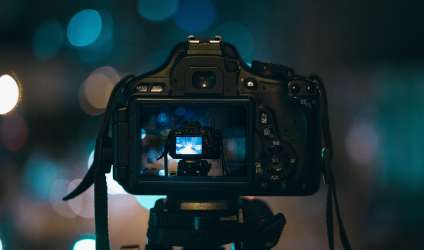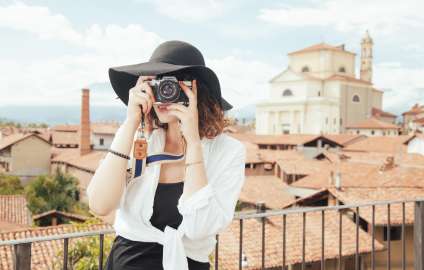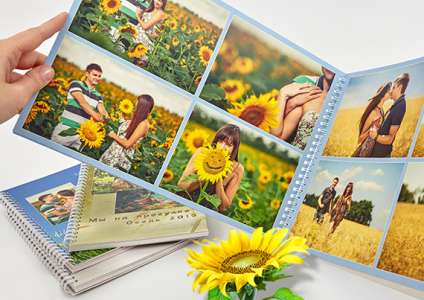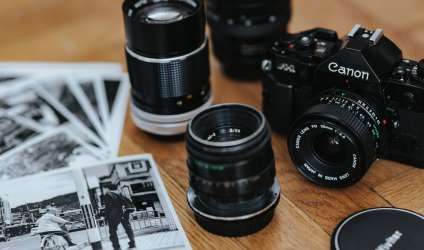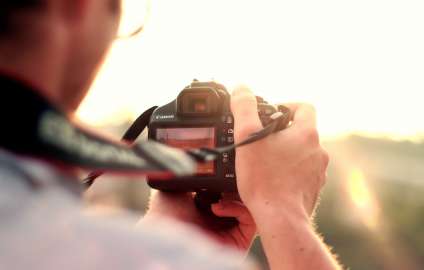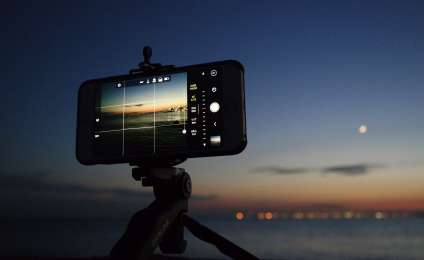How to learn photography
Published: 22.06.2021
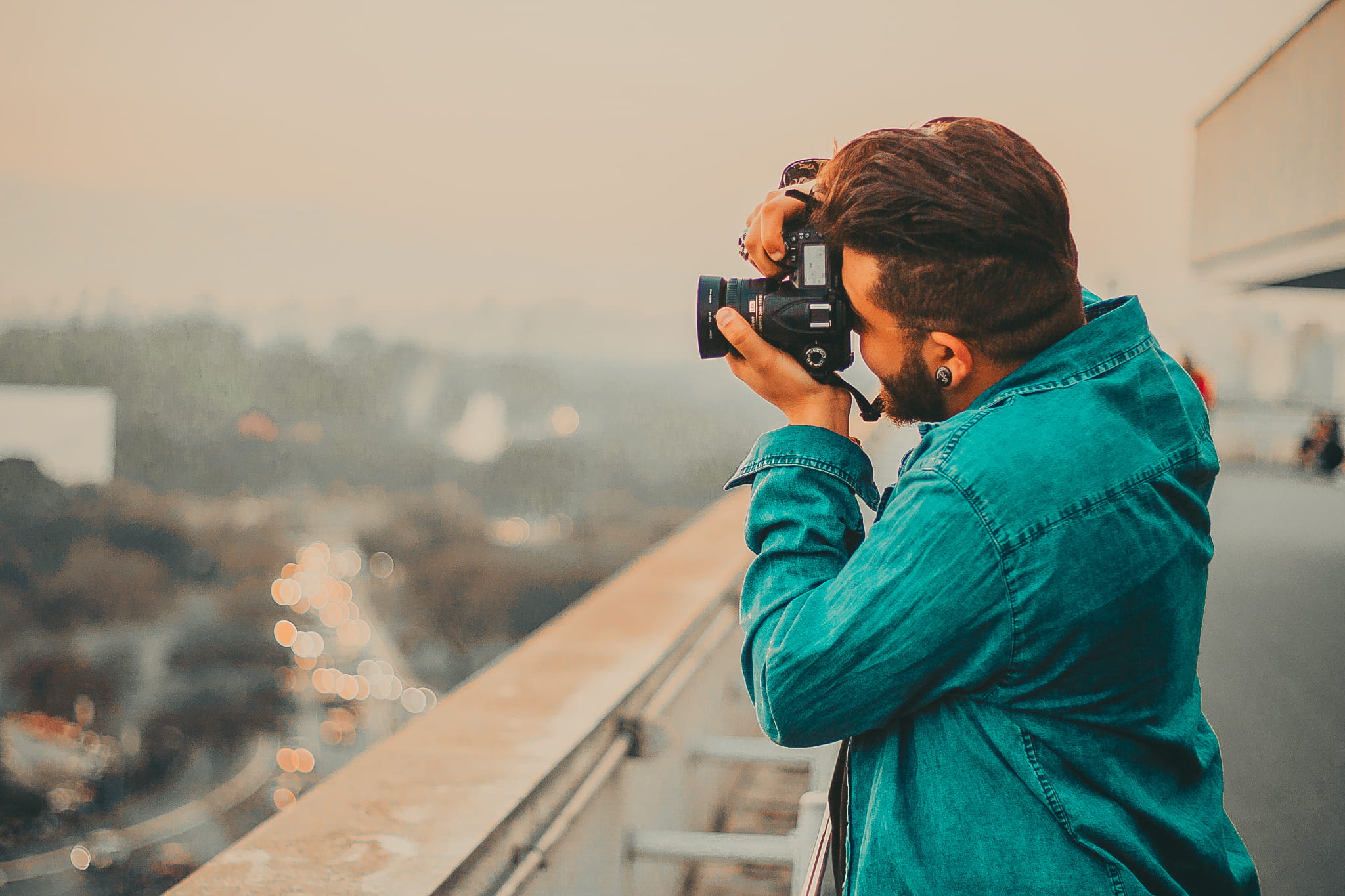
Many people dream of beautiful photos but can't seem to learn how to take them. How to learn photography from scratch is taught in courses, various workshops and seminars are held on this topic. However, not all courses are equally useful. Before paying for training, ask for reviews from graduates, look at their work, so as not to waste money.
You can also try to learn how to take photos by yourself, studying materials online and practicing. Let's consider what a beginner photographer should do to learn how to take beautiful photos with a camera and a phone.
Tips for beginners on how to take professional photos
Do not be afraid to make mistakes, try different photography techniques, and look for successful angles. Do not get upset if high-quality photos do not come right away. Skill comes with experience, the more you shoot, the more confident you will feel. We recommend paying attention to the following points in order to learn how to take photos on your own.
- Approach the choice of a camera responsibly. At first, don't chase after the most expensive models. Expensive and advanced equipment does not guarantee that you will take good pictures. To start, don't overpay, and try shooting with semi-professional equipment. In the future, when buying a DSLR camera, pay attention to the following parameters:
- the higher the range of focal lengths, the sharper the focus;
- high ISO settings allowing to shoot in low light and twilight;
- good viewfinder;
- Convenience and ergonomics of the camera, durability of the body. The function of protecting the camera from dust and moisture will be useful during travels.
- Try out different photographic techniques. Study lighting settings, composition rules, and photo editing possibilities.
- Walk more with a camera in your hands, the best shots often happen spontaneously. Observe the surrounding reality and capture anything unusual and original.
- Before buying interchangeable lenses, use the camera for a few weeks. Then you will better understand what capabilities you are missing and which lens will be the best fit.
- Consult with professionals. Showcase your photos as much as possible, share them publicly and ask for feedback from experienced individuals. Feedback is crucial for beginners, as it can help identify key mistakes, find your style, and progress further.
From the great photos that you will definitely get, create a Light album. You don't need to print the photos separately for this. We will print your photos directly on the pages of the Light album. Upload your images to the free editor Mapi7 and create a themed Light album. You can upload photos from your phone.
- Calculate the exposure correctly. To do this, you need to find a balance between shutter speed and aperture. A long exposure can create a frozen image, while a short exposure helps to capture moving objects. The faster objects or people move in the frame, the shorter the exposure needed. The depth of field in a photo depends on the aperture. When photographing landscapes, the aperture should be higher than for portrait photography. In the first case, the aperture should be at least 8mm or higher, and in the second case at least 4mm.
- ISO settings affect the amount of light in the frame. The darker it is outside or indoors, the higher this value should be. In low light conditions, it is recommended to shoot with ISO settings of 1500-1600 units.
- Use the rule of thirds. Turn on the camera grid that divides the frame into 9 equal parts. Place all the most important elements at the intersections or along the lines.
- Look for unusual angles. Take photos from different sides, climb to a height, crouch or lie on the ground. The same object, when photographed from a different angle, looks completely different.
- Save photos in RAW format. Although photos will take up more space on the memory card, you will be able to edit and enhance them using graphic editors.
- Switch off automatic mode. By constantly shooting in automatic settings, you won't be able to feel the difference in parameters, won't learn to intuitively determine which camera functions are best to use. Leave the automatic mode for shooting with your phone. When you buy a DSLR camera, learn to take photos in manual mode.
How to learn to take beautiful photos on a phone
If you do not plan to earn money from professional photos, you can confidently take pictures on your phone camera. For social networks like Facebook, Instagram, photos taken with modern smartphones are perfectly suitable. Here are a few tips on how to learn to take photos with your phone:
- The best photos are taken in natural lighting. Inside, take photos near a window. If the sunlight is too bright, use a white fabric or paper to reflect the light. The best time to shoot outdoors is from sunrise until 9-10 a.m. and a few hours before sunset. During this time, the sun is not too harsh, resulting in a softer and more subdued light in the photos.
- Pay attention to the background. Even a perfect shot can be ruined by clutter in the background.
- When taking a selfie, don't just focus on your face. Try to lift the camera up and capture the surrounding environment, this way the photo will look more interesting and attractive.
- Find the correct distance to the shooting object. Smartphone cameras are not designed to take photos at a long distance. The average distance for a successful shot is 1.5-2 meters.
- The camera on the phone automatically focuses on the foreground. To change the focus, open the camera settings and touch the screen where you want to make the accent.
- Do not use too many filters. Take the original photo without filters. It is better to improve the image during further processing than to get an unnatural shot.
- When shooting at night, use a tripod or phone stand. A smartphone camera performs much worse in low light conditions. To get a clear photo, you need to keep the phone in a stable position.
Cool photos deserve unique framing. Print your cool photos in Polaroid style. Fans of instant photography from the 90s can experience familiar feelings by holding a Polaroid-style photo in their hands. Those who are not familiar with traditional Polaroid will enjoy square images with space for captions.
Even if you don't consider yourself a cool professional worthy of an exhibition yet, it's not a reason not to show your photos to others. Take as many photos as possible and you will definitely get great shots. And the best photos can be preserved by ordering a Light album.


